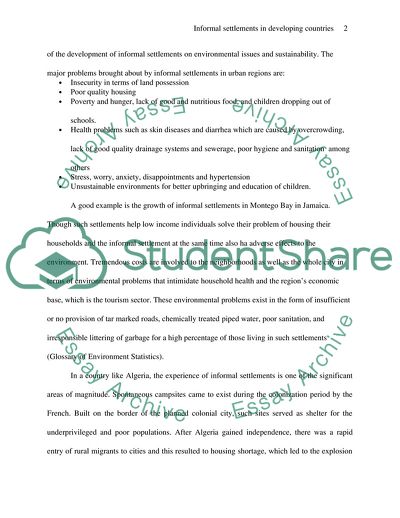Cite this document
(Urbanisation in Developing Countries Coursework - 1, n.d.)
Urbanisation in Developing Countries Coursework - 1. https://studentshare.org/geography/1853855-urbanisation-in-developing-countries
Urbanisation in Developing Countries Coursework - 1. https://studentshare.org/geography/1853855-urbanisation-in-developing-countries
(Urbanisation in Developing Countries Coursework - 1)
Urbanisation in Developing Countries Coursework - 1. https://studentshare.org/geography/1853855-urbanisation-in-developing-countries.
Urbanisation in Developing Countries Coursework - 1. https://studentshare.org/geography/1853855-urbanisation-in-developing-countries.
“Urbanisation in Developing Countries Coursework - 1”. https://studentshare.org/geography/1853855-urbanisation-in-developing-countries.


